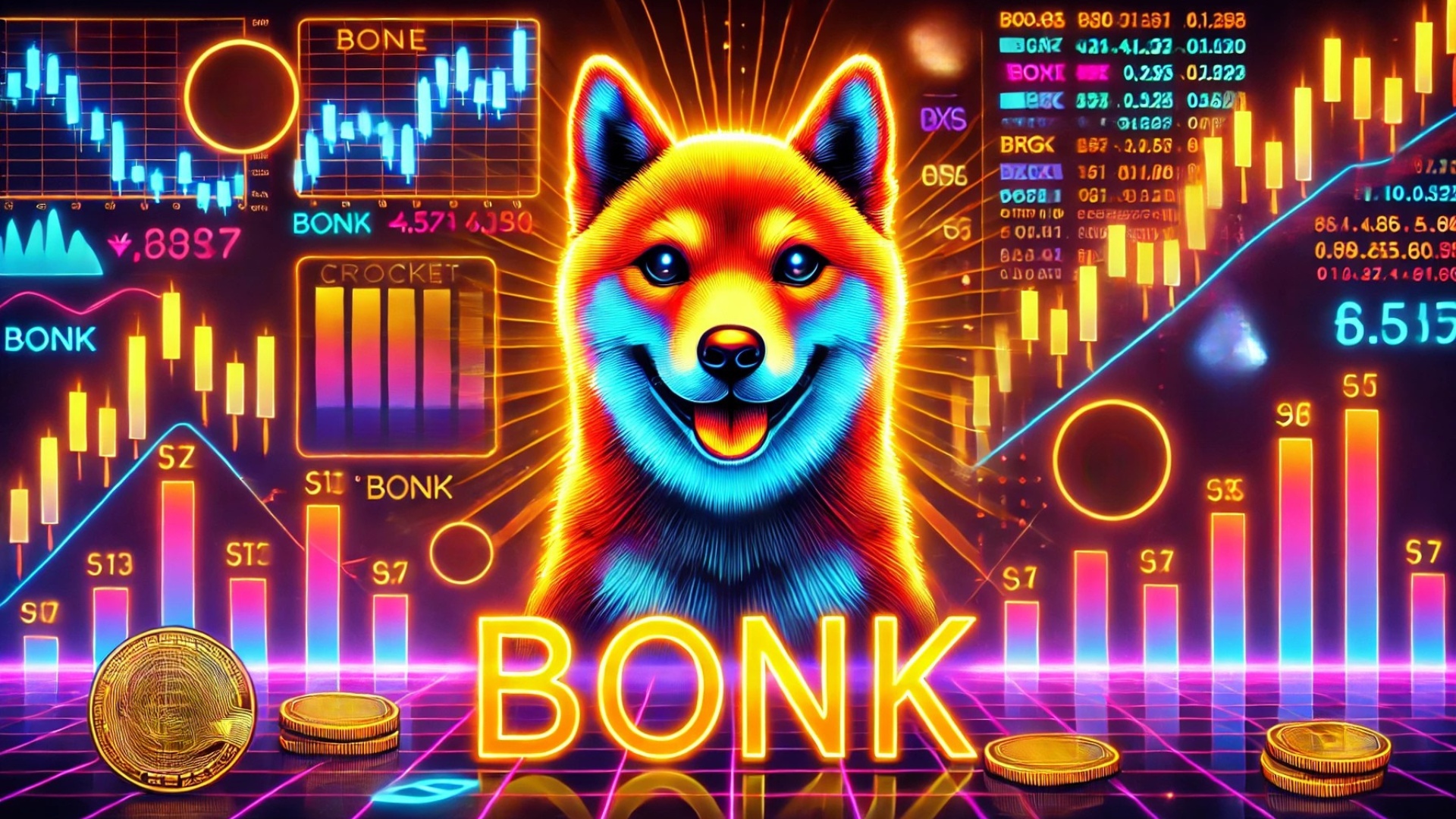
The cryptocurrency market faced a brutal correction on Monday, with leading altcoins like Ethereum (ETH), Solana (SOL), XRP, and Dogecoin (DOGE) suffering steep losses. The selloff, triggered by global market panic following renewed trade tariffs by former U.S. President Donald Trump, wiped out over $1.38 billion in crypto positions—most of which were long trades.
ETH, SOL, DOGE, XRP Lead the Drop
Ethereum, the largest altcoin by market cap, plummeted by over 19%, dropping to around $1,450, its lowest point in over a year. The decline places ETH down more than 60% for the year. Solana and Dogecoin each lost approximately 18–20%, while XRP followed closely behind with a 13.48% drop.
The liquidations hit traders hard. According to data from Coinglass, $1.21 billion of the total $1.38 billion in liquidations came from traders who were betting on price increases. The heavy losses led to rapid declines in open interest and further accelerated the market’s downward momentum.
Tariffs Trigger Market Turmoil
The crypto market crash coincided with a major downturn in traditional finance, as Trump announced sweeping new tariffs 10% on most U.S. imports, 34% on Chinese goods, and 20% on EU products. Markets reacted negatively, viewing the move as a rekindling of global trade tensions.
“Trump says the new tariffs will help bring in more money for the U.S. and fix trade issues with China and Europe. But the markets didn’t take it well.”
In retaliation, China introduced its own tariffs targeting key U.S. exports, including agricultural and tech products. Several other countries in the EU and Asia are also weighing countermeasures, sparking fears of a full-blown trade war.
Global Markets in Freefall
The effects weren’t limited to crypto. Stock exchanges in China, Taiwan, Japan, and Singapore all experienced severe selloffs, with indices falling between 7% and 13%, prompting circuit breakers to halt trading in several markets.
Bitcoin (BTC) also declined, dropping more than 8% and falling below $76,500, a level analysts had previously flagged as crucial to maintain bullish momentum. The Crypto Fear & Greed Index fell sharply by 11 points, landing in the “extreme fear” category.
Adding to investor anxiety, Federal Reserve Chair Jerome Powell warned that the new tariffs could raise inflation and slow the U.S. economy, noting there’s currently no justification for cutting interest rates—a development typically unfavorable for both crypto and stocks.
Expert Reactions: Market Stress, Not Collapse
Georgii Verbitskii, founder of crypto investing app TYMIO, believes the crypto crash is part of a broader “market stress” response to macroeconomic uncertainty, rather than the failure of specific digital assets.
“This is a broad sell-off in risk assets,” Verbitskii told crypto.news. “It’s a moment for caution, not panic.”
Slava Demchuk, CEO of AMLBot, echoed similar sentiments, calling the crash “just a storm” and urging investors to focus on risk management and long-term fundamentals.
“In the short term, I expect volatility to persist,” Demchuk said. “But the recovery will depend on positive catalysts, such as more stable economic policy in the U.S.”























































































































































































































































































































































































































































































































































































































































































































































































































































































































































































































































































































































